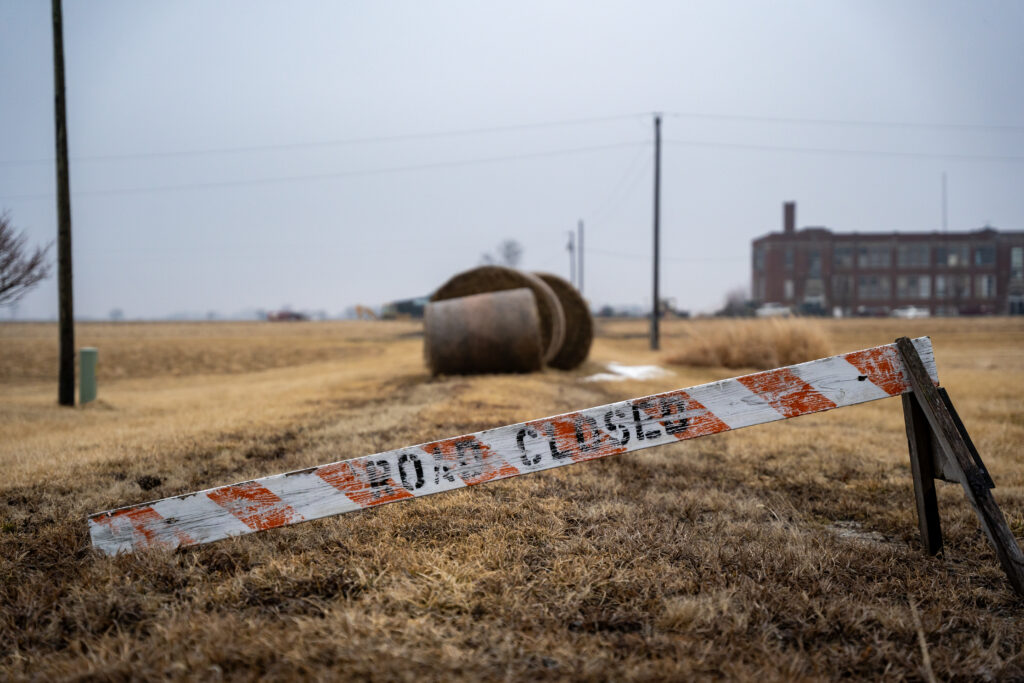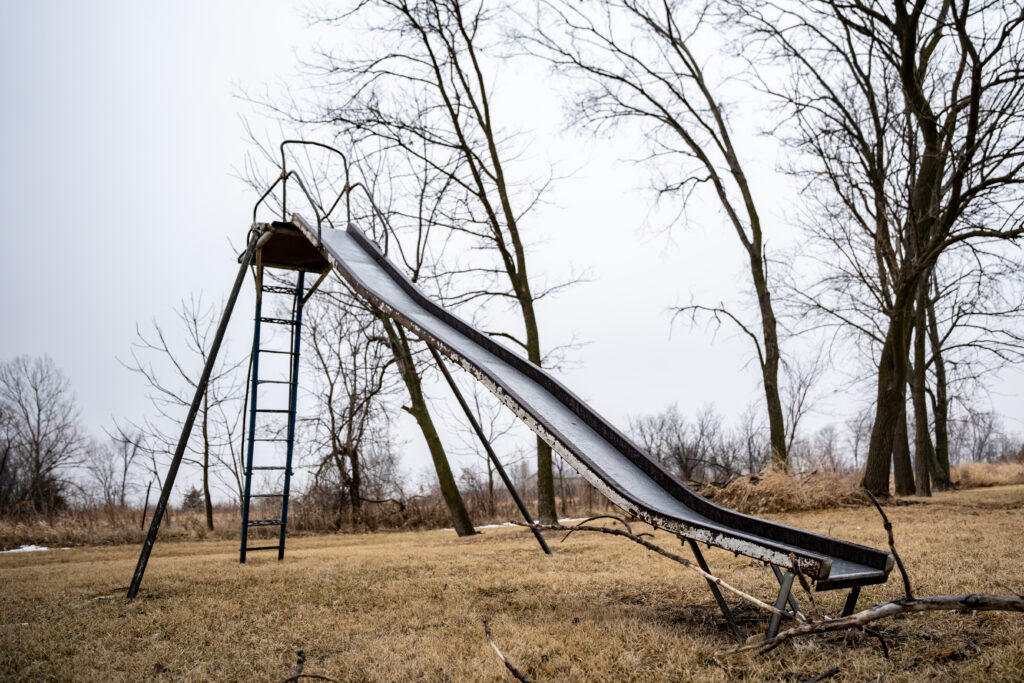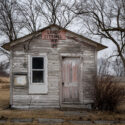Willa Clark remembers the good ole’ days. Kids used to run between yards, her two included. There were games on the community baseball field behind the school. The whole town would come out to watch. It was idyllic, the way small-town life is supposed to be.
Le Roy, Iowa, isn’t like that anymore, though. The kids are gone, including Clark’s. They moved the hour up north to Des Moines to find jobs. Lots of other people did too. So many that the school closed. There hasn’t been a baseball game in years, especially since the baseball field is gone. Plus, there aren’t enough people left in Le Roy to field a team. With only eight residents, it’s the smallest town in Iowa.
“It would be nice to have a small community here again, but I don’t foresee that happening,” Clark said.
The more likely outcome: Le Roy will soon disappear.
A Slow Decline
The rural Midwest is shrinking. According to Pew Research Center , every state in the region saw a decrease in its rural population in the last 10 years except the Dakotas and Minnesota, though that later only saw rural growth of 0.1%. Illinois, on the other hand, saw its rural population decrease by 6.2%. Kansas: 5.1%. Iowa: 3.2%. According to the United States Department of Agriculture (USDA), the population of rural America nationwide decreased by nearly 290,000. Many of those folks, like Clark’s kids, end up in cities.

In fact, according to 2020 Census data, urban populations grew by 6.2% between 2010 and 2020, and that was after a change in how urban areas are defined. In 2010, a town only needed 2,500 people to be considered urban. In 2020, that was bumped up to 5,000 — reclassifying 1,140 towns as rural that weren’t before. Even with that change, the total rural population dropped.
Le Roy, of course, didn’t have to worry about its status changing. It’s always been a small town, though one that once had a thriving community. In the 1930s, a railroad ran through Le Roy, with both passenger and freight trains stopping in town. An old photo from the Leon Journal-Reporter from 1938 shows mounds of corn husks outside the Le Roy corn elevator, the remnants of a mass shucking to prep the ears to be loaded onto train cars that would roll up right next to the town’s tallest building. Another photo shows a train wreck in town.
Agriculture buoyed the town through the Great Depression, so much so Clark still brags a bit.
“We used to house the only bank in the county that didn’t close during the Great Depression,” Clark said.
That bank, the Exchange Bank, closed in 1945, though. The passenger trains stopped running that year too, with the freight trains bypassing the town soon after. That began the slow decline. According to a history of Le Roy from a 1978 issue of the Leon Journal-Reporter, businesses shuttered in the town after the end of the war. The lumber yard closed. The hardware store burned in 1950. The high school graduated its last class in 1959 after several small towns combined to make the Mormon Trail School District. The grocery store lasted until 1971 before becoming a community food co-op. That officially closed in 1976.

The farm crisis of the 1980s wasn’t kind to southern Iowa, either. According to USDA, a century ago, there were 213,490 farms in Iowa. Now, that number has shrunk to 84,900. That consolidation was accelerated in the ‘80s when interest rates hit 20%. It was too much for most farmers, who were carrying loans on land, equipment, seed and more. Many farmers, including those in and around Decatur County, were forced to sell off their land. Families left for area hubs like Centerville or Osceola. Others went to Des Moines or even down into Missouri.
“When I was a kid, there were two or three farmhouses every mile as compared to now where farms are much bigger,” Clark said.
Those farmers leaving seemed to pull others with them. Nearby towns like Garden Grove also shrunk from roughly 300 to 174 in the 2020 census. Humeston, Iowa, just seven miles away, looks like it’s thriving by comparison, if only because it has a Casey’s. But it has lost a third of its population since 1980, with only 465 people calling it home these days.
But nothing compares to Le Roy. It’s little more than an intersection with a four-way stop. Cars roll through town every now and then on county road R69. The First Presbyterian Church of Le Roy is still there. So is the Le Roy Memorial Park where the old City Hall used to stand. There are a few houses too, though really, it’s mostly empty lots surrounded by farmland. The grain elevator is gone. So is the school. Clark misses her community.
“I miss my neighbor,” Clark said. “I could always call, and she knew everything.”
But she’s staying. She moved to town from one of those small farms in 1982. She’s been here since. And she doesn’t plan to leave – even if she ends up the last resident of Le Roy, Iowa.
“This area is special to my family,” Clark said. “Can I live somewhere else? Yes. But I’d rather live here.”

